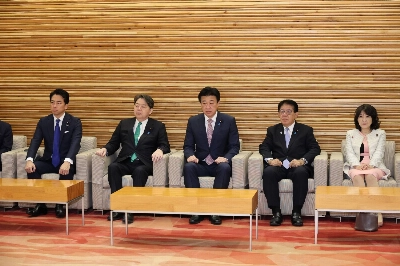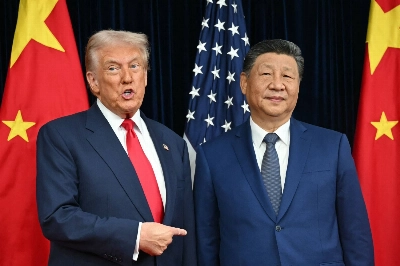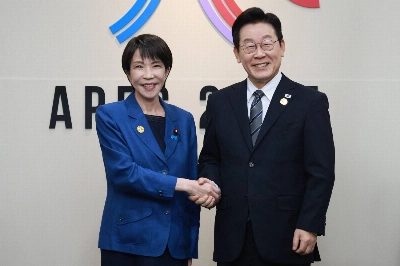The signs from South Korea are promising. After shrinking 5.8 percent in 1998, the economy registered 3.1 percent growth in the first quarter of 1999. Analysts now forecast that the economy will expand nearly 4 percent this year, twice the original predictions. In one indication of the new mood, government officials say they plan to pay off $7.7 billion of the $58.3 billion loaned in 1997 by the International Monetary Fund to stave off the crisis. But look beneath the surface, and the portents are not so encouraging. The Korean recovery is fragile. Serious work still needs to be done.
The offer to repay the IMF loan, for example, has been triggered by growing concern over the flood of dollars that has entered the Korean economy. The funds threaten to push up the value of the won, which would damage the competitiveness of exports. With unemployment at a record high 8.7 percent in February -- a 0.2 percent increase over January -- there is little prospect of a recovery in domestic demand. Worries about export prices will not abate, and are likely to intensify if the yen falls or if China's leaders succumb to the temptation to devalue the renminbi.
More troubling is the resistance of Korean conglomerates, the "chaebol," to demands for restructuring. Late last year, the five biggest chaebol agreed to "big deals" -- swaps of business units -- and to sharp cuts in their debt. Few of the swaps have been carried out. The pledge to cut debt-to-asset ratios to under 200 percent also looks hollow. Today, the top five have ratios of 335 percent, a decrease from previous levels, but the gains are not the result of restructuring. Rather, assets have been shuffled and revalued.
















With your current subscription plan you can comment on stories. However, before writing your first comment, please create a display name in the Profile section of your subscriber account page.